
Charles Manson returned to headlines on Monday, after decades in prison, with the news that he and Afton Elaine “Star” Burton, a 26-year-old who has been corresponding with him for nearly a decade, have secured a marriage license.
As Manson returns to public consciousness, so do his crimes: some physical similarities between Burton and the Manson Family followers of earlier years have been noted, and his relationship with the much younger woman generally calls to mind the enthralling power that Manson was once said to have, a power that captivated the attention of both his adherents and the appalled nation alike.
But Burton was not even born when the Manson family first made headlines, almost half a century ago. So who exactly is Charles Manson and what did he do?
It was 45 years ago that TIME first reported on the man it dubbed “The Demon of Death Valley.” A “band of hippies” had broken into a Los Angeles house and murdered five people, including the actress Sharon Tate, who was nearly nine months pregnant at the time. “Please let me have my baby,” Tate reportedly pleaded before being stabbed 16 times.
The Face of a Killer: See Charles Manson's Twisted Evolution
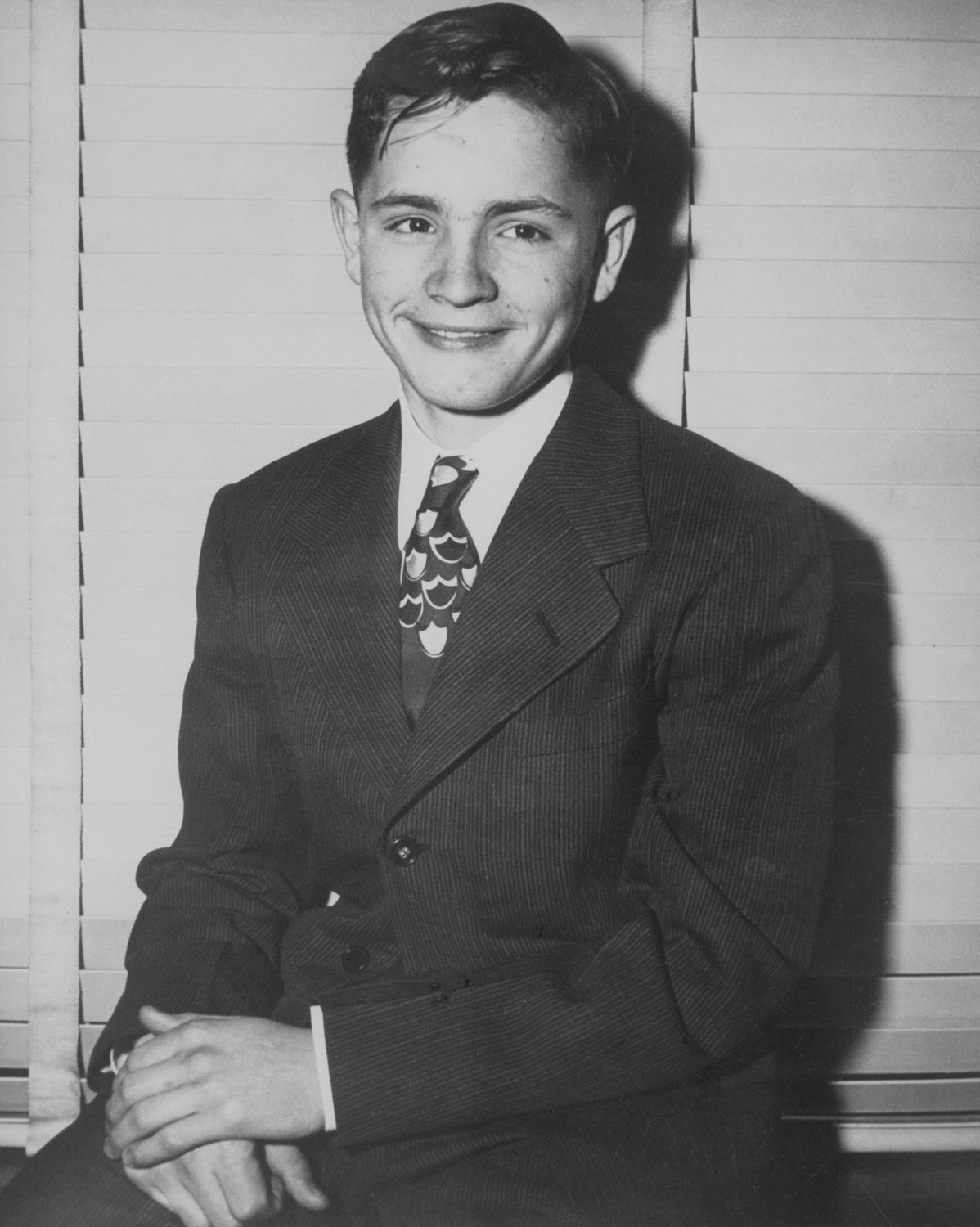



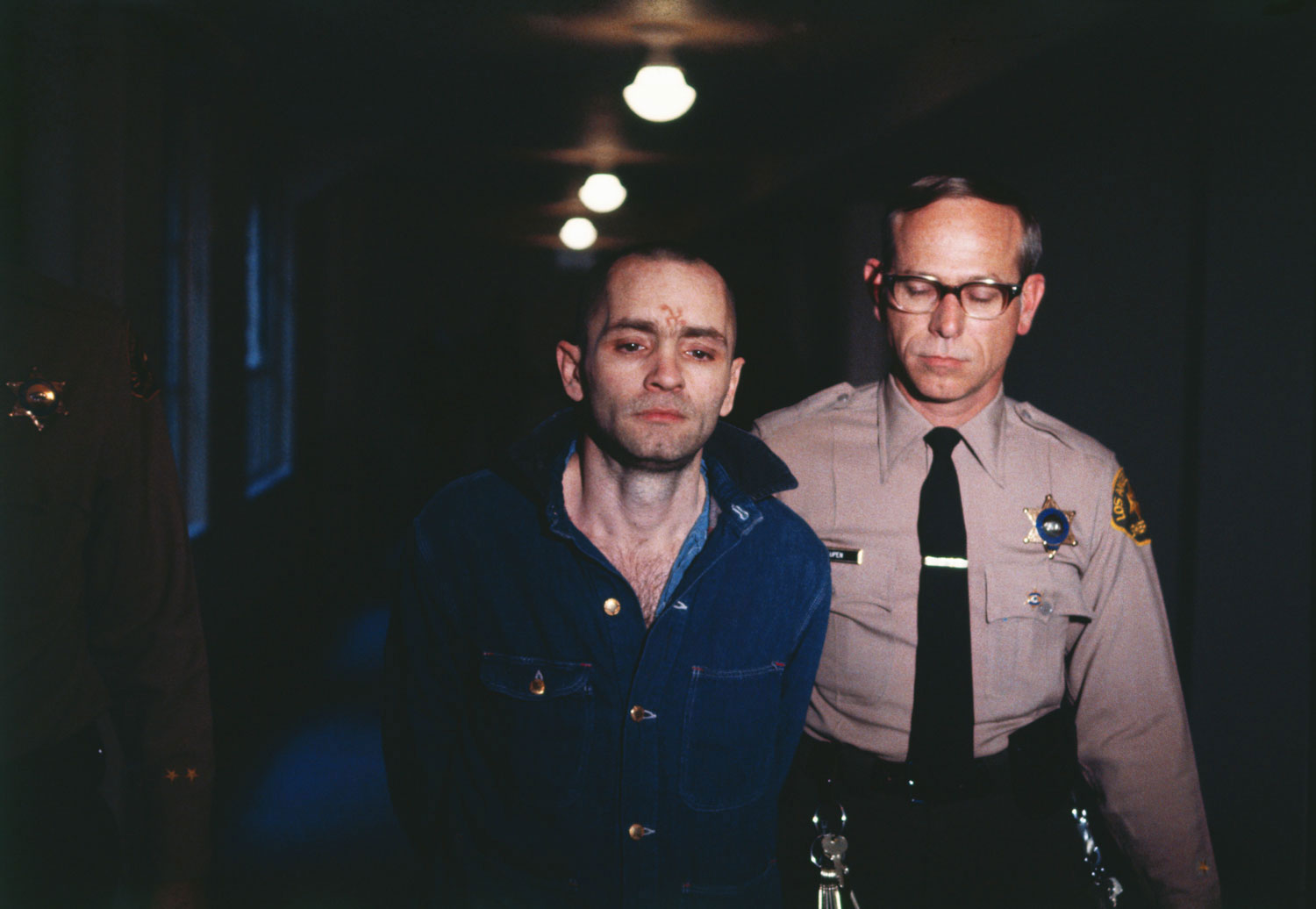
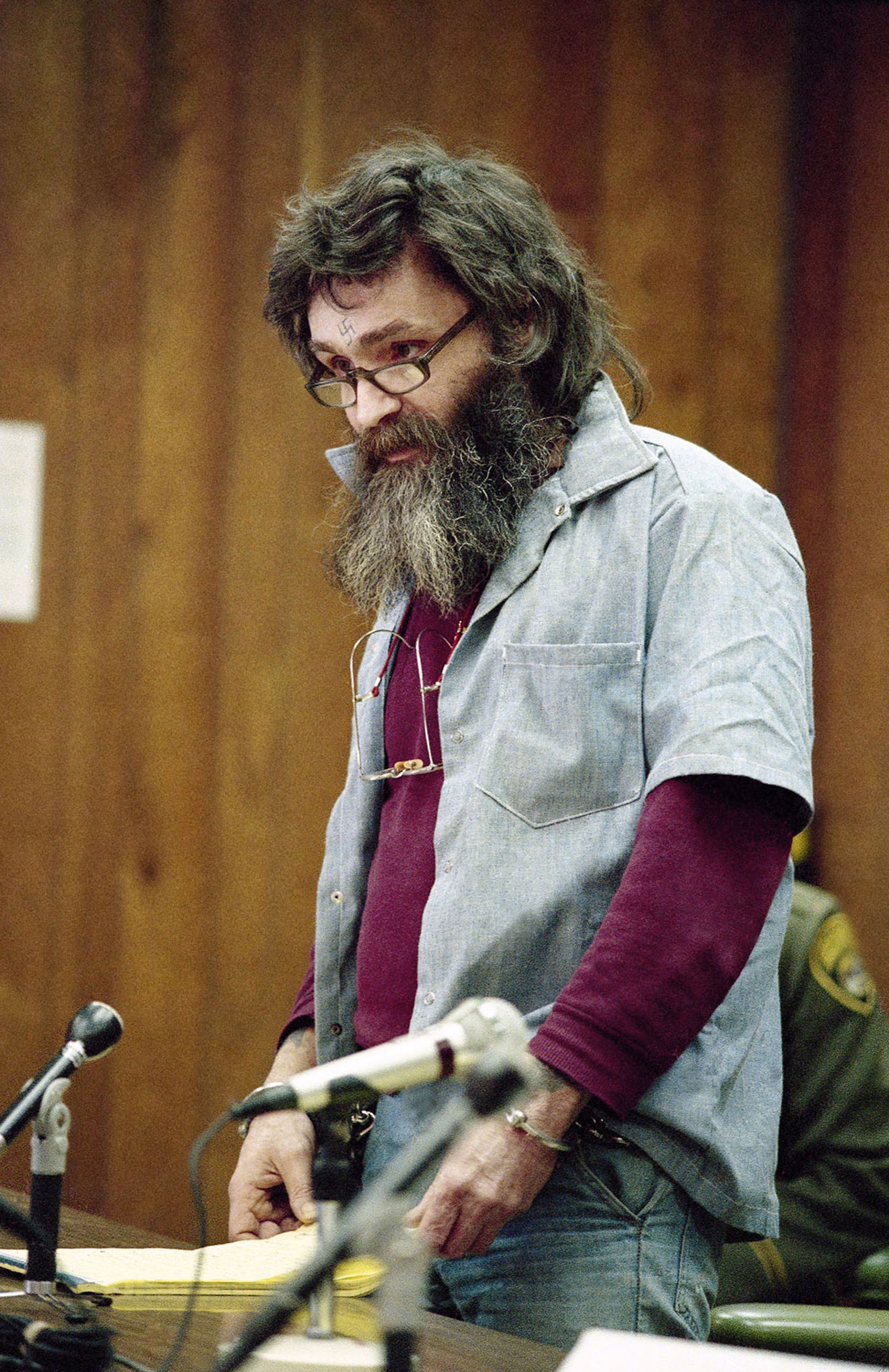
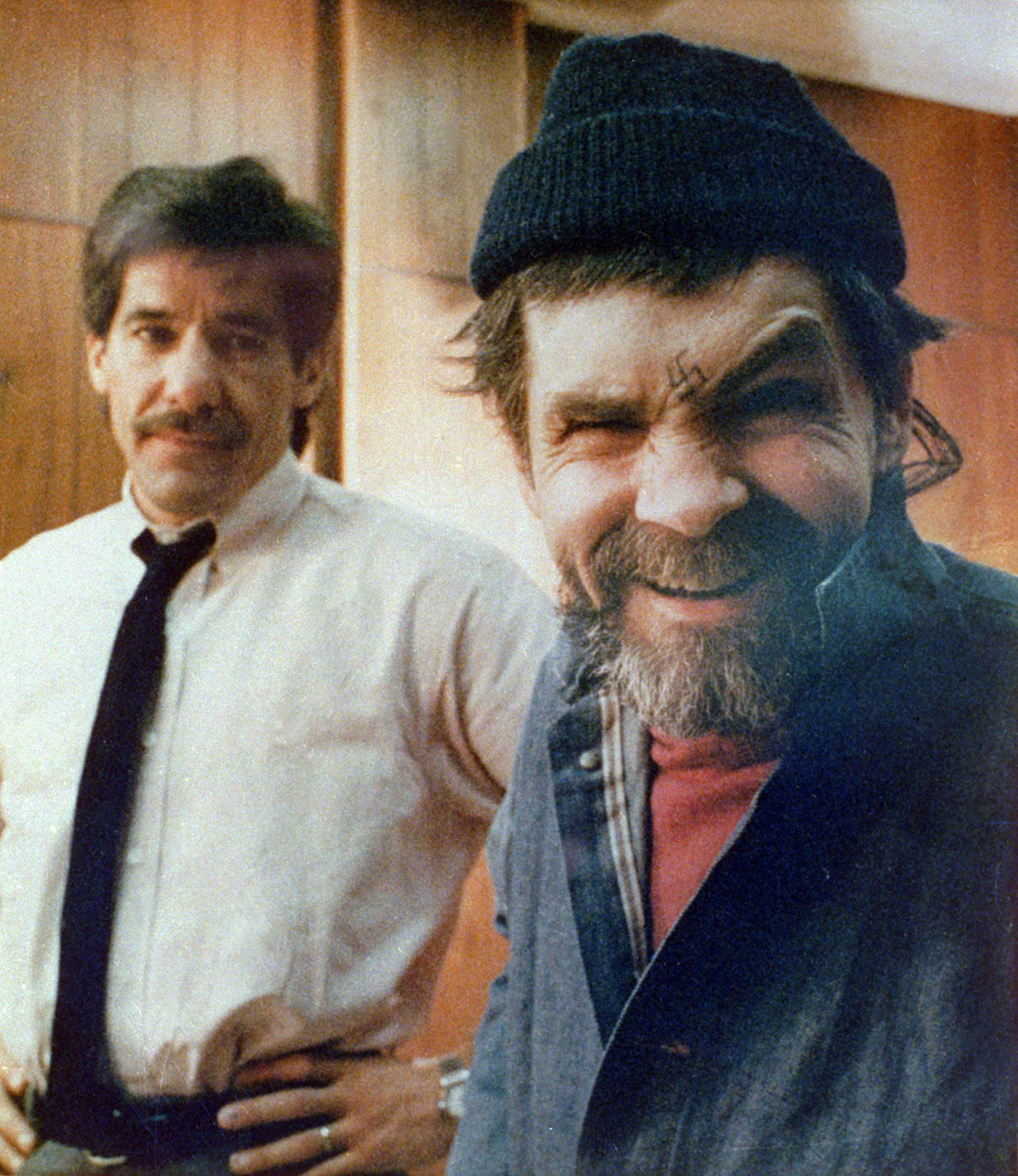
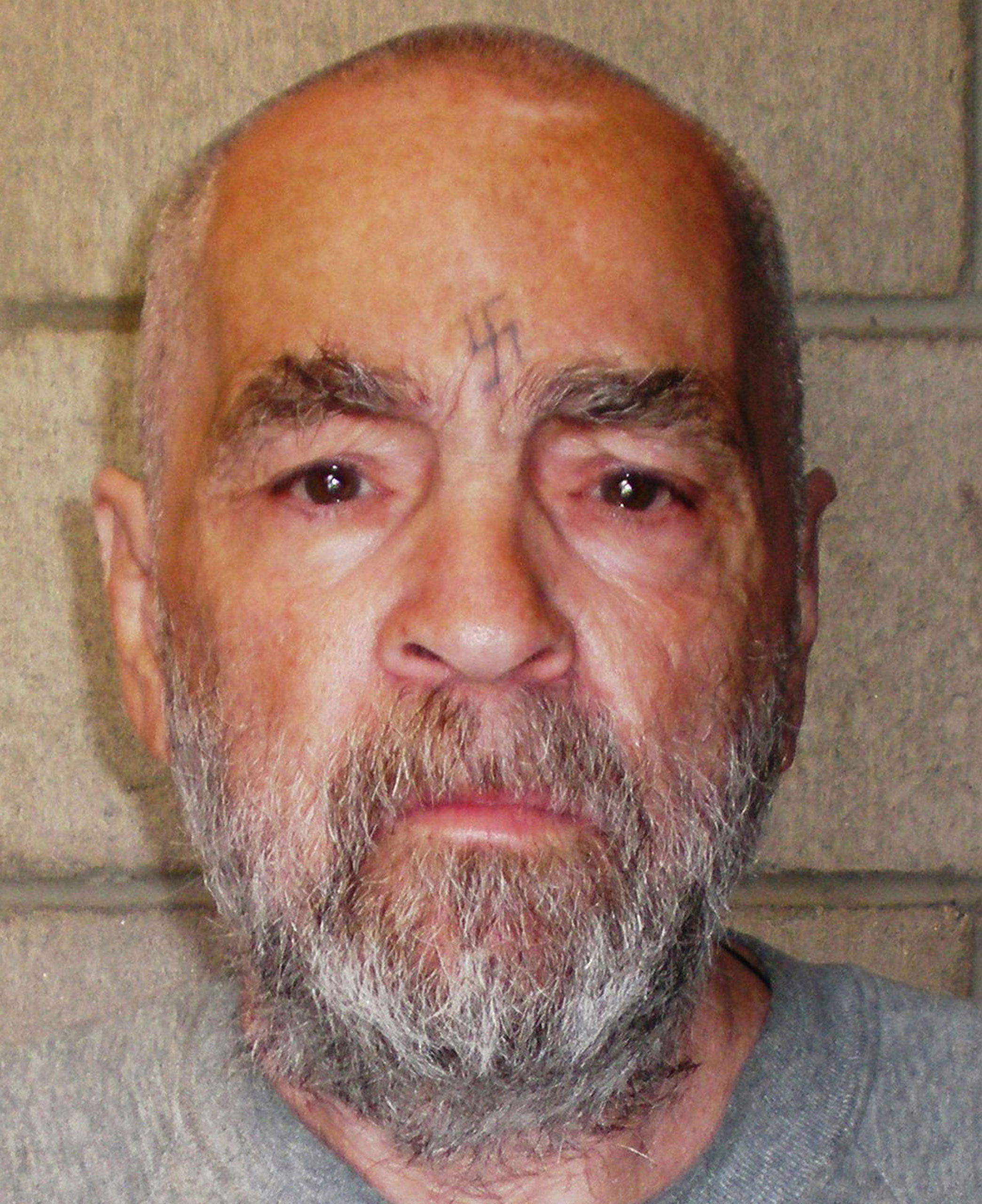
The killers were, the magazine reported, the “zombie-like followers” of a “semi-religious hippie drug-and-murder cult” — the leader of which was Manson, then 35 years old. Manson was not one of the killers himself, though he was charged with both murder and conspiracy for having ordered the acts (because, police suggested early on, the previous occupant of the house had once refused to record a song by Manson). The crimes were proof of the remarkable influence that he had acquired in just a few short years:
Manson is a drifter with a five-page criminal record stretching back 20 years. Born in 1934, to a teen-age mother, he never saw his father. His prostitute parent was often in jail, and young Manson was shifted around from relatives to foster parents to reformatories. As he grew up, he turned to petty crimes, mainly car theft. His education never went beyond the seventh grade. It was during these years that he apparently developed his hatred of the affluent and a loathing for women. In and out of prison, Manson became interested in music and the occult, and when he was last released in 1967, he headed for San Francisco as a “roving minstrel.”
Manson began to gather followers in Haight-Ashbury in 1966, and in 1968 he moved his retinue by bus to Los Angeles to further his music-writing ambitions. Last winter, Manson moved his clan to the Spahn Ranch in western Los Angeles County, and it was from there that they made their alleged commando forays against their affluent victims. Manson busied himself converting stolen cars into dune buggies, and after the ranch was raided in August, he led his followers to their own hell in the inhospitable depths of Death Valley.
Among the greasewood and rattlesnakes, they holed up in run-down cabins and led an indolent, almost savage existence, singing Manson’s songs, dancing, swimming in a small pool, stealing cars for cash and picking through garbage for food. Miners in the area reported being chased away by amazons wielding knives. Manson reportedly held an almost hypnotic spell over his followers, who called him “God” and “Satan.” His women lolled harem-like around the commune nude or barebreasted, catering to his every whim. One chagrined ranchhand relates discussing business with Manson while one of Manson’s girls performed a sex act upon the “guru.” But women in the “family” saw him in a different light. “He gave off a lot of magic,” said one, Lynn Fromme. “To me, to us, he was everything,” added another, Sandy Good Pugh.
During the 1970 Tate-LaBianca murder trial — a months-long ordeal so called because it focused on the killings of Tate and those with her, as well as another double murder that took place the following night — further details of life with Manson began to emerge. Prosecutors claimed that Manson was inspired by the Beatles song “Helter Skelter” and that his goal was to make the white population believe that a “violent black uprising” had begun. The star witness for the state was Linda Kasabian, a defector from the Manson family who was granted immunity in exchange for testifying about what she had seen.
Manson, for his part, attempted to get the court to agree to let him represent himself, with the idea that his three co-defendants — young women whom he had told to actually commit the murders — would testify that they had indeed committed the crimes but that Manson was innocent. He had not told them to kill anyone, he would later say; rather, society had. A judge decided that Manson was incompetent to do represent himself, that he must take on an actual lawyer. In the end, Manson and the three women did not testify in front of a jury at all. All four were found guilty of first-degree murder. Manson would not allow any of them to plead insanity.
During the sentencing portion of the trial, however, followers like Lynette “Squeaky” Fromme — who was not accused in the Tate-LaBianca murders but would, a few years later, attempt to assassinate President Gerald Ford — did speak up to describe life among the Family. They told of how “Charlie” was both a father figure and a lover to them, and described seeing Manson reanimate dead animals. The testimony also included an alternate motive, the idea that the murders would suggest that the state had been off-base in its findings about a separate but similar killing, of which another Family member had previously been convicted. Susan Denise Atkins, one of the convicted killers, also described the night of the Tate killings in vivid and gruesome detail, as TIME reported:
“She said, ‘Please, all I want to do is have my baby.’ I said, ‘Don’t move, don’t talk to me. I don’t want to hear it.’ I just stabbed her, and she fell, and I stabbed her again. I don’t know how many times I stabbed her.” Atkins dipped a towel in Miss Tate’s blood and wrote PIG on the front door of the house.
Did she feel hate toward any of the five persons who died that night? “No. I didn’t know any of them. How could I have had any feelings—nothing. What I was doing was right. I was coming from love. I had no thoughts in my head. I have no guilt in me.” How can someone be killed out of love? “To explain the feeling would be almost impossible to relate so that you could understand it. It was like, when I would stab. I was stabbing myself. The touching of a flower, looking at the sun, whatever I do and I know is right when I am doing it, feels good.”
Manson and the three women were sentenced to death, but California abolished its death penalty before the executions could be carried out. And, despite having been denied parole several times of the years, Manson has never completely receded from the public eye — as this week’s news once again proves.
See more photos of Charles Manson and his followers here, at LIFE.com.
Read next: Charles Manson Gets Marriage License
More Must-Reads From TIME
- The 100 Most Influential People of 2024
- The Revolution of Yulia Navalnaya
- 6 Compliments That Land Every Time
- Stop Looking for Your Forever Home
- If You're Dating Right Now , You're Brave: Column
- The AI That Could Heal a Divided Internet
- Fallout Is a Brilliant Model for the Future of Video Game Adaptations
- Want Weekly Recs on What to Watch, Read, and More? Sign Up for Worth Your Time
Write to Lily Rothman at lily.rothman@time.com